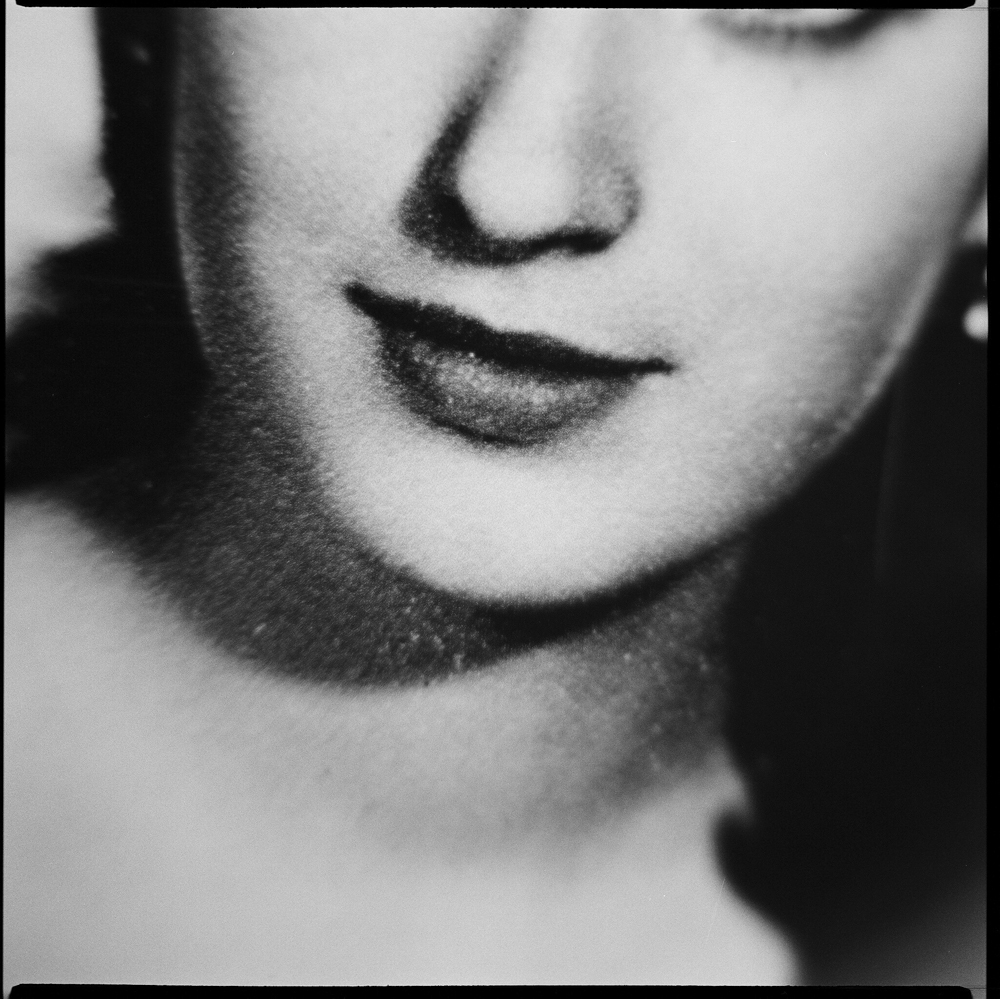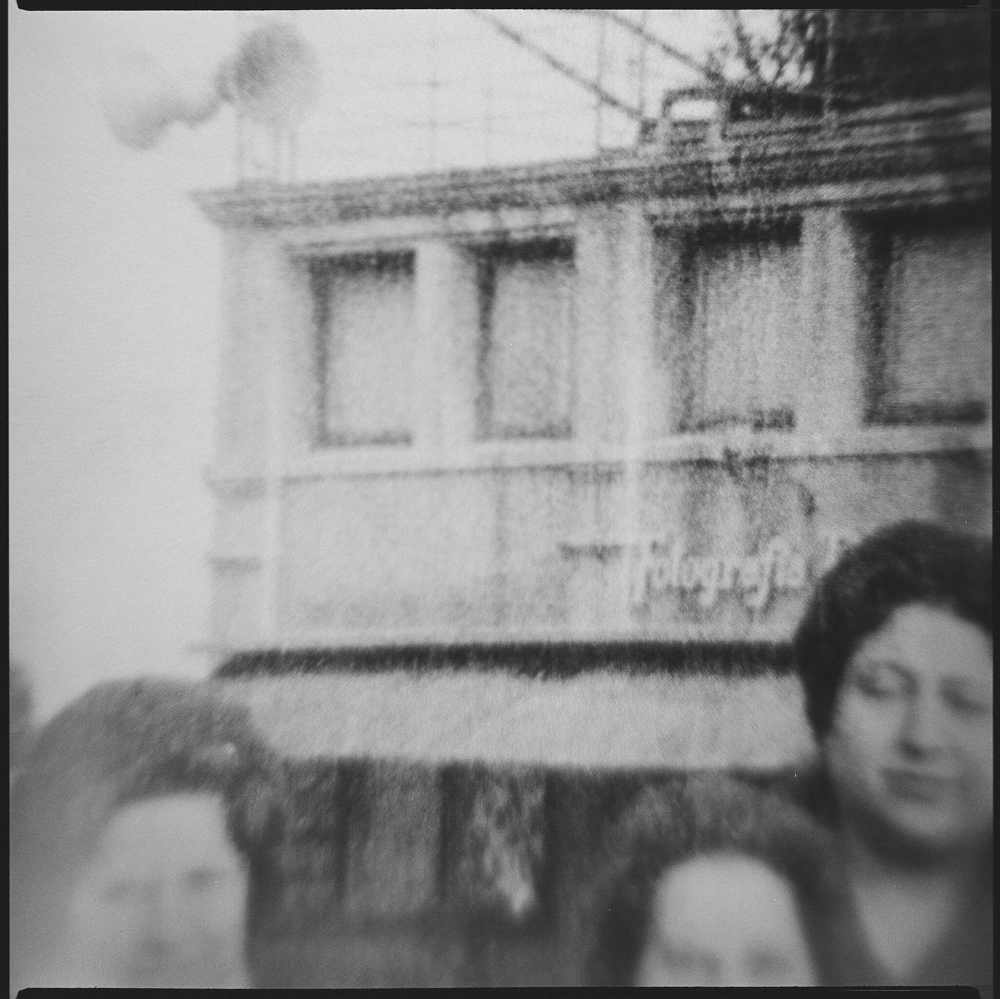SI LAS PAREDES CALLARAN
Victorina -29 years old- was murdered in June 1889, during the night, at home, in her bedroom, by her husband Mariano -47 years old- during an argument in which he accused her of disobedience and adultery. A couple of weeks before the murder, she asked for a divorce. She had fled home several times, and being obliged to return to it after he denounced her for abandoning the house. In the press from that period of time, other cases appear sharing similarities: Mariana had fled home as well; she was murdered by her husband on the street. A week earlier she had been returned to the abuser's house by the police. The same day of her arrest, another woman, Leonor, was also arrested for having escaped from her father’s house.
The domestic interior destined for women, which during that time took on considerable relevance due to the debate on the feminine matter, or the place that women should occupy in society, was projected as a feminine domain that was peaceful and protective. The fictitious protection of ceilings, walls, doors and windows - in this case, and in others of the time- served as a container of violence. In the two trials that were held against the agressor, two different juries found him not guilty, also the coroners said, after performing an autopsy, that she was hysterical, and a portrait photograph served to certify an alleged loving relationship.
Si las paredes callaran (If walls were silent) explores the tensions and violence of those situations in which, for example, he reproached her for not having the food ready, or for having made signs through the window to a man of her age, with whom she was supposedly emotionally involved. Through these images, domestic interiors that recreate a disturbing labyrinth bathed in the conflict between fear and the desire to escape, I propose a rereading of this type of mistreatment and crime -called at the time passionate crime.
The domestic interior destined for women, which during that time took on considerable relevance due to the debate on the feminine matter, or the place that women should occupy in society, was projected as a feminine domain that was peaceful and protective. The fictitious protection of ceilings, walls, doors and windows - in this case, and in others of the time- served as a container of violence. In the two trials that were held against the agressor, two different juries found him not guilty, also the coroners said, after performing an autopsy, that she was hysterical, and a portrait photograph served to certify an alleged loving relationship.
Si las paredes callaran (If walls were silent) explores the tensions and violence of those situations in which, for example, he reproached her for not having the food ready, or for having made signs through the window to a man of her age, with whom she was supposedly emotionally involved. Through these images, domestic interiors that recreate a disturbing labyrinth bathed in the conflict between fear and the desire to escape, I propose a rereading of this type of mistreatment and crime -called at the time passionate crime.




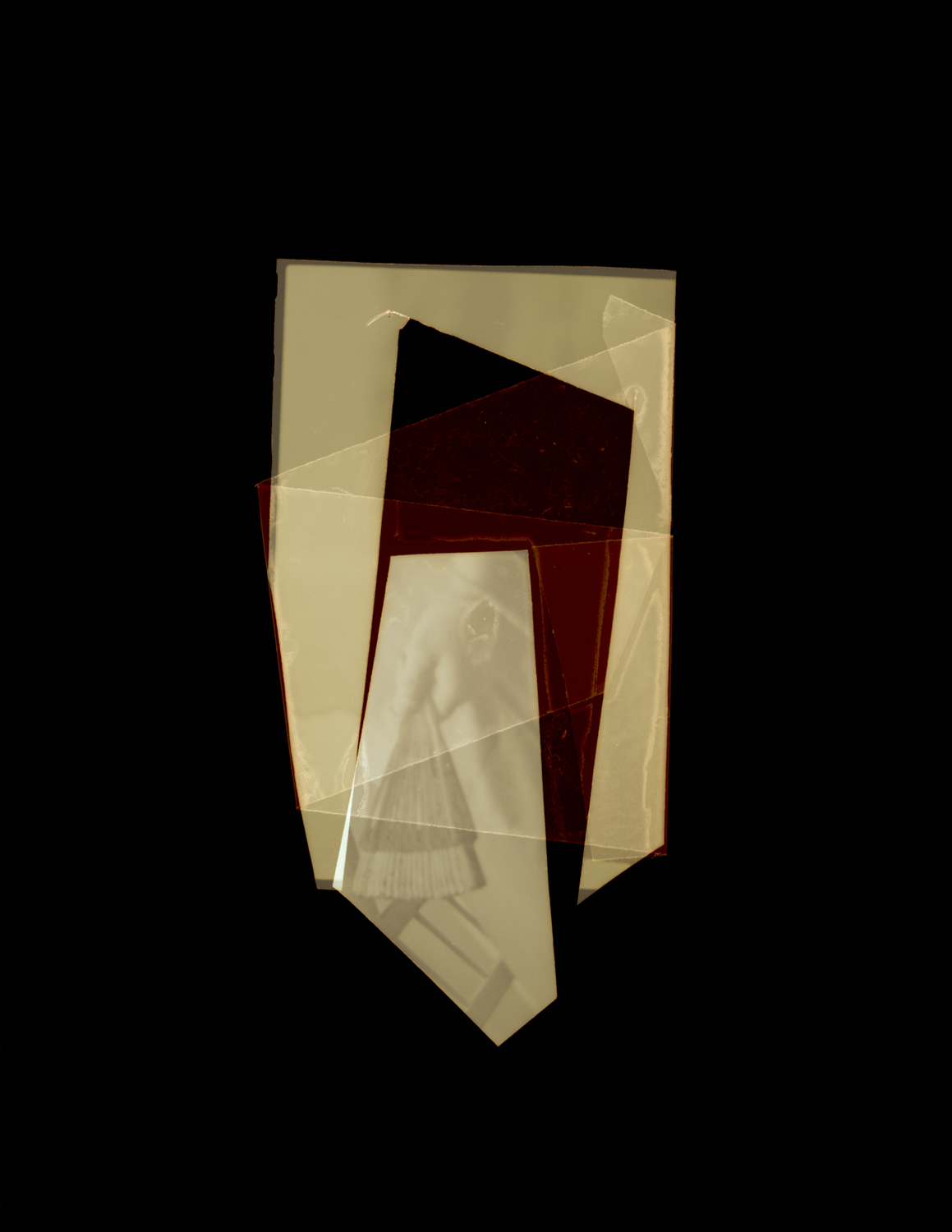


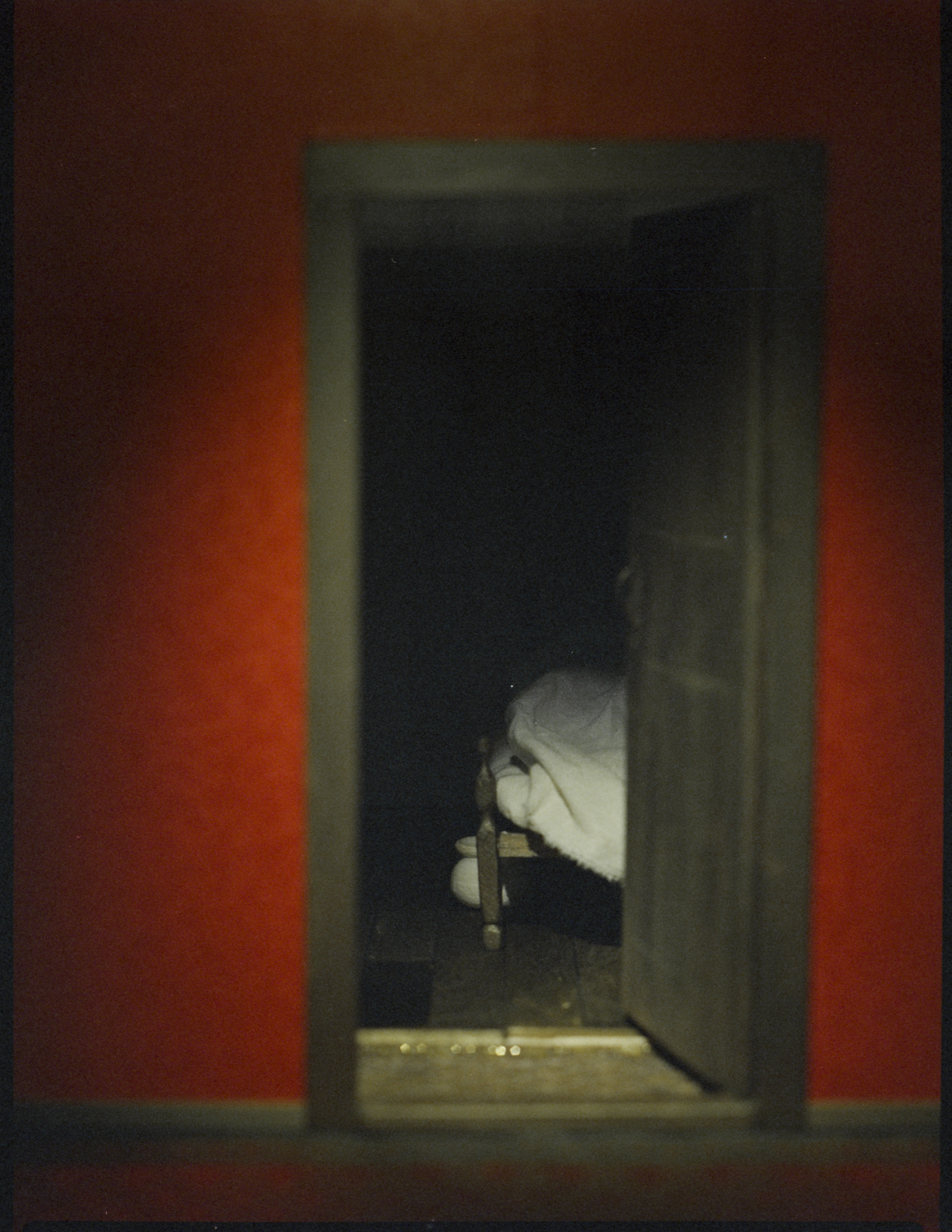

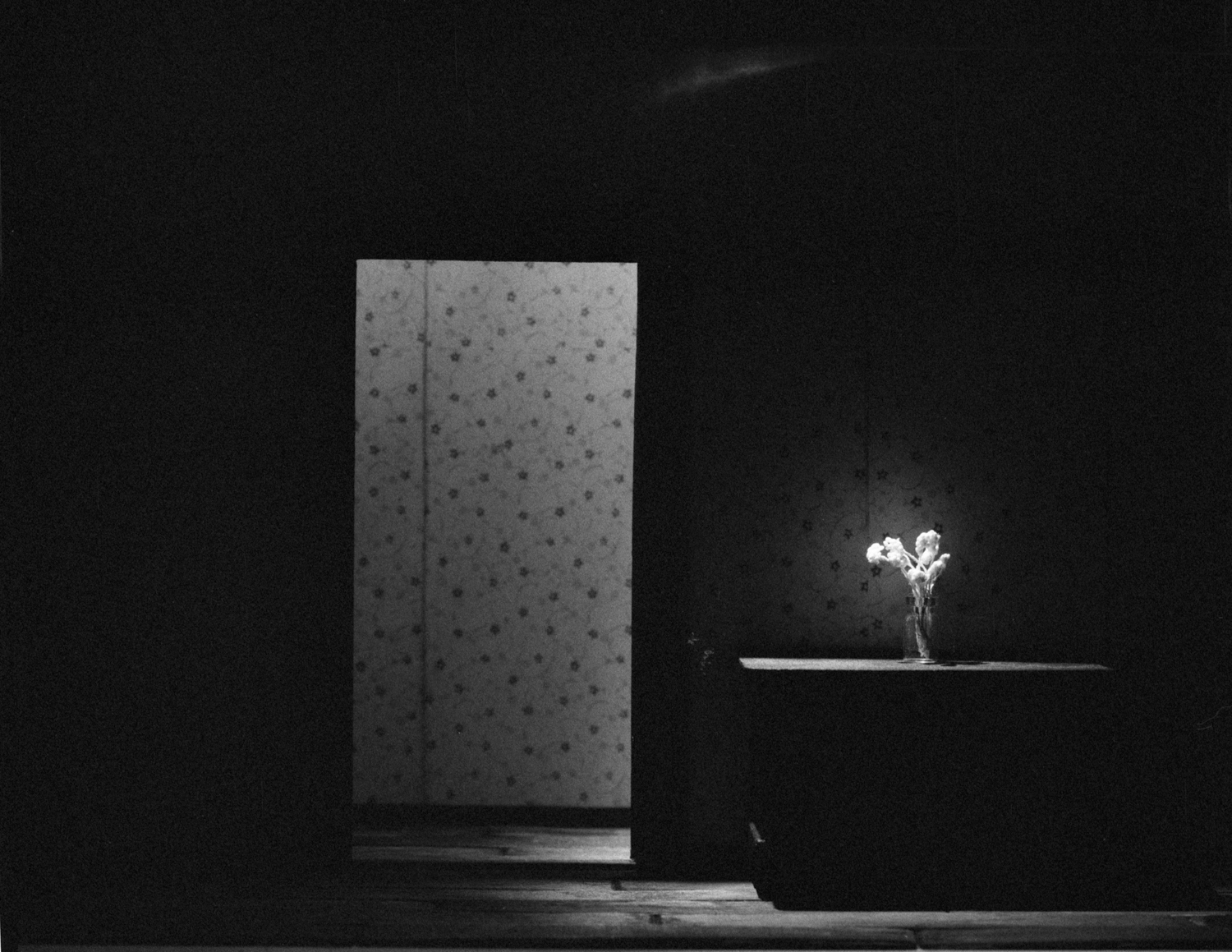

ARCHIVES [0]
A fragmentary inquiry on female criminalization during the Belle Époque
The names of Josefa, Felisa, Mariana, Amparo, Antonia, Teresa, Francisca, Enriqueta, Tomasa or Cecilia, among others, came up in the news of the spanish press during the Belle Époque. I came across their stories looking for cases of women accused of typical female crimes as adultery, abortion, prostitution, presumption of childbirth, disobedience, kidnapping or witchery among others. Their stories guides this research on the conceptualization of the criminal woman, along with the identification and seclusion systems that occurred at the turn of the 20th century.
This project explores the form of the anti-feminist discourse through individual stories, in where the edges of our nature seems to appear. In them, we could see the reflection of how we have been affected, in the most literal sense of the word, by domination and misogyny. Their particular stories are like mirrors to me: would I be like them if I have lived 130 years ago?
The project has been posible thanks to the collaboration of: Museu d’Historia de la Medicina de Catalunya; Museo de Anatomia Javier Puerta UCM, Madrid (A); Museo Olavide, Madrid (O); Institut d’Historia de la Ciencia i la Medicina Lòpez Piñero, Valencia (M); Royal College of Obstetricians and Gynaecologists, London (G); Museo di Antropologia criminale Cesare Lombroso, Torino (L); Museo del Calzado José Maria Amat Amer, Elda (C); Museu de la Perruqueria Raffel Pagès, Barcelona (P); Museu Frederic Marès, Barcelona.
This project explores the form of the anti-feminist discourse through individual stories, in where the edges of our nature seems to appear. In them, we could see the reflection of how we have been affected, in the most literal sense of the word, by domination and misogyny. Their particular stories are like mirrors to me: would I be like them if I have lived 130 years ago?
The project has been posible thanks to the collaboration of: Museu d’Historia de la Medicina de Catalunya; Museo de Anatomia Javier Puerta UCM, Madrid (A); Museo Olavide, Madrid (O); Institut d’Historia de la Ciencia i la Medicina Lòpez Piñero, Valencia (M); Royal College of Obstetricians and Gynaecologists, London (G); Museo di Antropologia criminale Cesare Lombroso, Torino (L); Museo del Calzado José Maria Amat Amer, Elda (C); Museu de la Perruqueria Raffel Pagès, Barcelona (P); Museu Frederic Marès, Barcelona.

Archives [0] Installation March 2023 at RPS Reminders Photography Stronghold, Tokyo.
LA BUENA ESPOSA
Between 1939 and 1975, the franquismo, hand in hand with the national-catolicismo, encouraged a model of a women that permeated in society, based on the ideal of woman-mother-wife. Rules and attitudes imposed along almost four decades were taken as normal, usual or natural.
La buena esposa presents an encounter with some episodes of the lives of eight women who were born during the dictatorship regime, through the interpretation of their personal photographic archives.
The project examines the way in which these relationships took shape through the images of their family albums, among which were vestiges of the portraits they sent to their lovers, friends or relatives.
La buena esposa presents an encounter with some episodes of the lives of eight women who were born during the dictatorship regime, through the interpretation of their personal photographic archives.
The project examines the way in which these relationships took shape through the images of their family albums, among which were vestiges of the portraits they sent to their lovers, friends or relatives.

